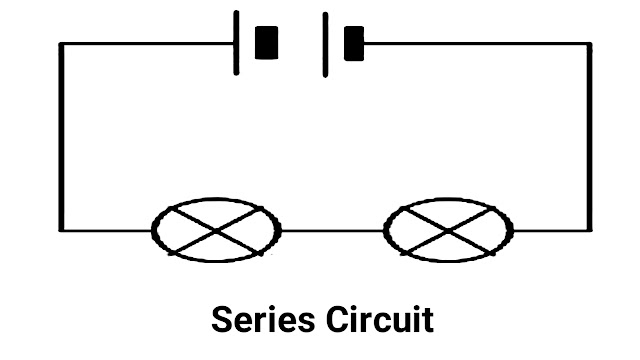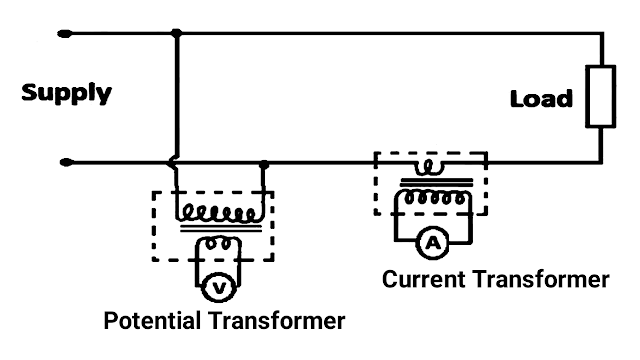Self Adaptive Control
Self Adaptive Control Basically self-adaptive control is one of the major types of the adaptive control. And it is comparable to the feedback compensation because the adaptation of controller parameters is based on the closed-loop performance measurement and the objective is to optimize it using process reference models or estimation techniques. In self-adaptive control, the controller parameters are generated for each process condition and are the not programmed as in the case of programmed adaptive control. The parameter adjustment loop searches for optimal values for the controller parameters on-line. Types of Self Adaptive Control Model Reference Adaptive Control (MRAC). Self Tuning Regulator (STR). Model Reference Adaptive Control Model Reference Adaptive Control is also known as the MRAC. Basically process parameters are unknown or vary with time, an adaptive control scheme known as the model reference adaptive control (MRAC) is applied to achieve as well as ma...


